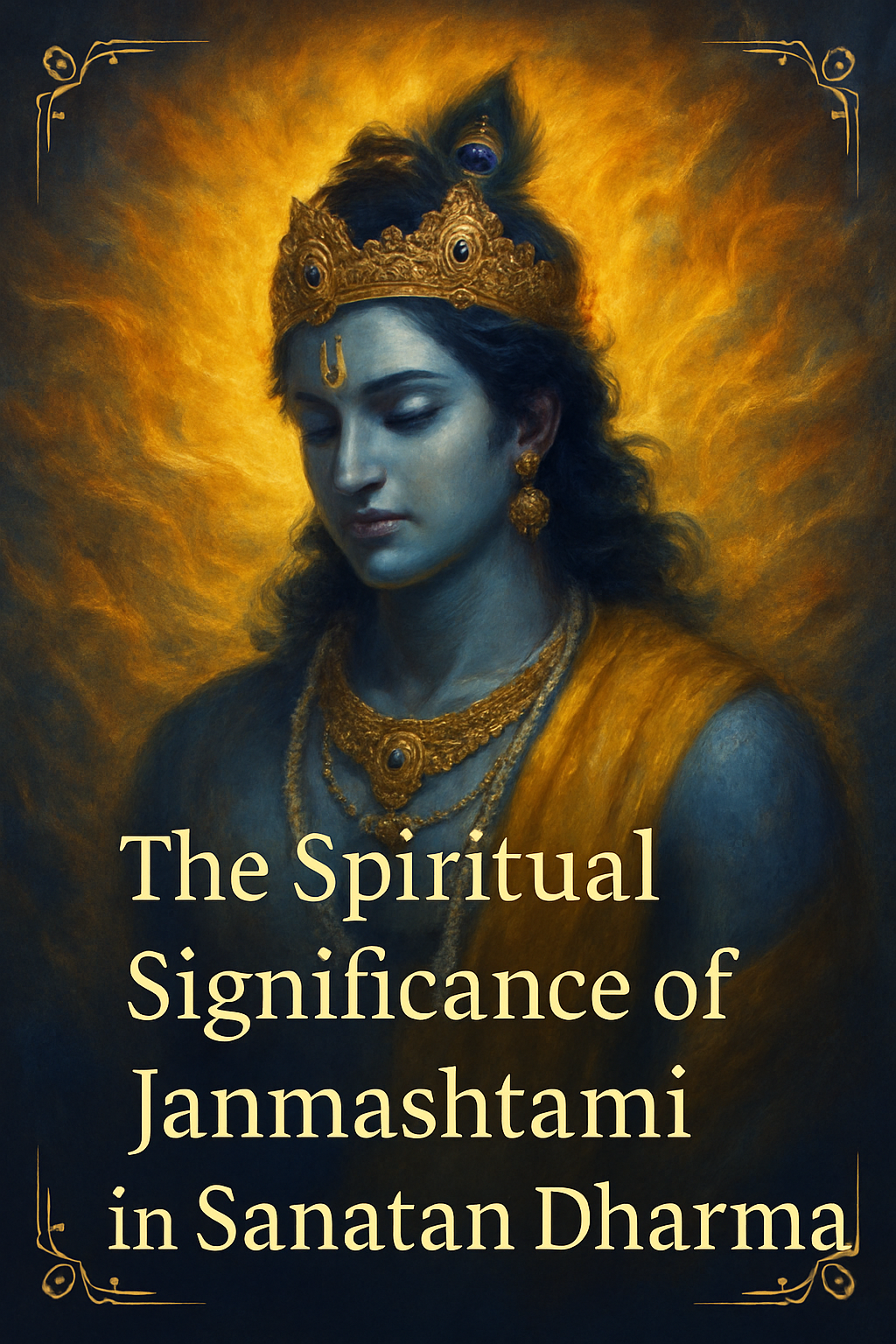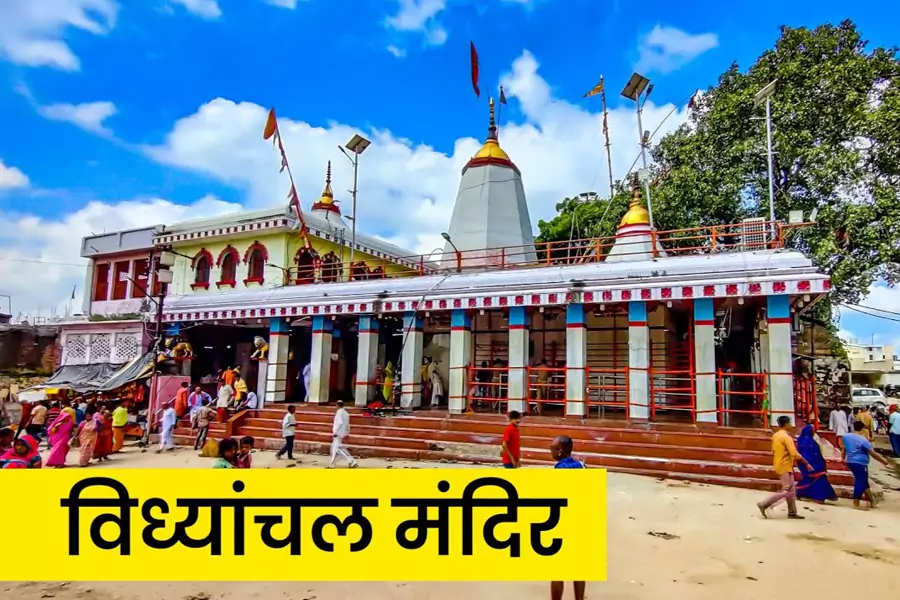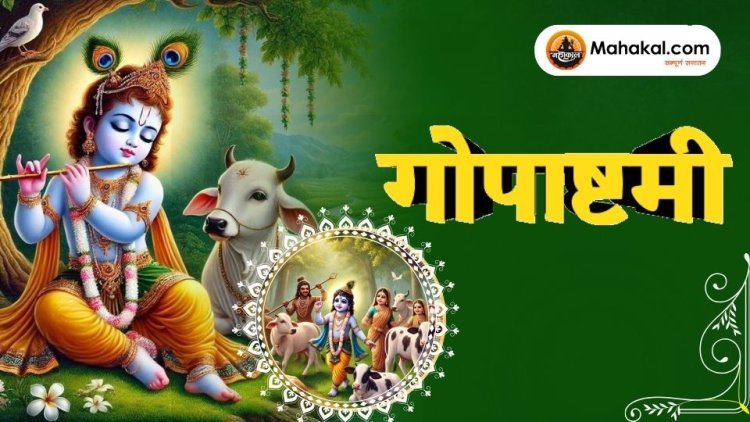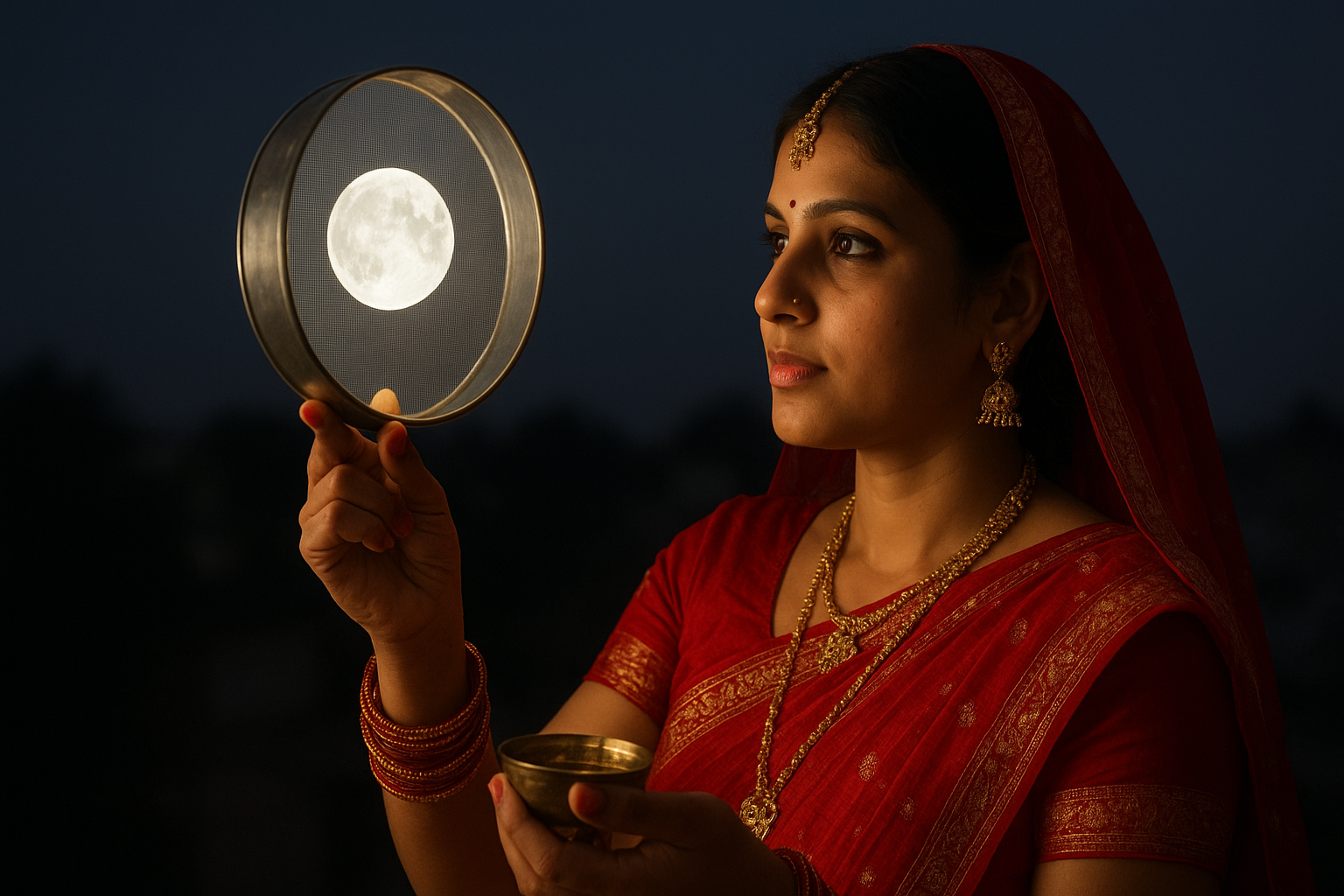Janmashtami commemorates the miraculous birth of Lord Krishna, the eighth manifestation of Lord Vishnu. It is also referred to as Krishna Janmashtami or Gokulashtami. Sanatan Dharma (everlasting religion) places great importance on Janmashtami, which is celebrated on the eighth day (Ashtami) of the Krishna Paksha during the month of Bhadrapada (August–September). In order to celebrate the miraculous arrival of Krishna, who is regarded not only as a god but also as the cosmic guardian of Dharma and destroyer of Adharma, devotees all over the world spend this holy night with fasts, devotional songs, dances, and intricate rituals.
This article examines Janmashtami’s deep spiritual significance within the framework of Sanatan Dharma, as well as its rituals, symbolism, and ongoing inspiration of faith, morality, and introspection.
Who is Lord Krishna in Sanatan Dharma?
According to Sanatan Dharma, Lord Krishna is both a heavenly personality and the ultimate awareness, or Paramatma, who came to earth to bring dharma back after evil took over. Krishna says in the Bhagavad Gita:
“Yada yada hi dharmasya glanir bhavati bharata, Abhyutthanam adharmasya tadatmanam srijamyaham.”
(Bhagavad Gita 4.7)
“Whenever there is a decline in righteousness and an increase in unrighteousness, I manifest myself.”
Krishna’s extraordinary birth symbolizes a divine act to protect the virtuous and eliminate evil from the world. His life is a manifestation of cosmic play, wisdom, and divine love (Leela).
The Night of Janmashtami: A Symbol of Light in Darkness
A Sign of Light amid Darkness: The Night of Janmashtami
Krishna took birth at the stroke of midnight in a prison cell in Mathura, during a time of great moral and political turmoil. In the midst of ignorance’s darkness, his birth represents the coming of divine light. An awakening of higher consciousness that surpasses the chaos and misery of the earth is symbolized by the midnight birth.
The celebration teaches that God is born amid the darkest times of human existence to light the way to justice and truth, much as Krishna was born in the darkness of the night.
Spiritual Lessons from Krishna’s Birth
1. Dharma Triumphs Over Adharma
When Krishna was born, his uncle King Kansa’s oppression came to an end. Spiritually, it signifies the eternal struggle between righteousness and wickedness, and the ultimate triumph of dharma over adharma. It motivates followers to preserve justice, compassion, and the truth despite adversity.
2. Divine Grace and Devotion
The devotion of Krishna‘s devotees is inextricably linked to his life. Krishna bestows blessings on those who sincerely seek him, whether it be via the constant love of Radha, the pure bhakti of Meera Bai, or the devotion of Arjuna on the battlefield. Devotees strengthen the power of bhakti yoga (way of devotion) by immersing themselves in bhajans, kirtans, and naam japa on Janmashtami.
3. Inner Awakening
Krishna was born in a prison – symbolic of the human soul trapped in the body and mind. The opening of the prison gates and Krishna’s rescue by Vasudev signifies the liberation of the soul when divine wisdom dawns. The Janmashtami fast, night vigil, and meditative practices are symbolic efforts to break the chains of worldly attachment and ego.
Rituals of Janmashtami and Their Spiritual Meaning
Janmashtami is celebrated with numerous rituals, each holding a deeper philosophical meaning.
1. Fasting (Upvaas)
Fasting on Janmashtami is not just a ritual but an act of mental and physical purification. It redirects the senses inward, enabling deeper meditation and connection with Krishna.
2. Midnight Birth Celebrations
Temples and homes celebrate Krishna’s birth at midnight with chants of “Nand Ghar Anand Bhayo, Jai Kanhaiya Lal Ki”. The hour of birth is accompanied by the blowing of conches, ringing of bells, and aarti – symbolizing the spiritual birth of Krishna in every heart.
3. Jhulan (Swing) and Cradle Worship
Devotees place an idol of baby Krishna in a cradle and gently swing it, expressing divine affection. It signifies surrender and joy in the presence of divinity.
4. Rasa Lila and Dahi Handi
In parts of India, Krishna’s playful pastimes (leelas) with the gopis are enacted. Dahi Handi symbolizes his childhood mischief of stealing butter, reminding us to preserve innocence and joy even while walking a spiritual path.
Krishna’s Message to Mankind: Relevance Today
The teachings of Krishna, especially through the Bhagavad Gita, are universal. His life is a guide for people across all walks of life:
- For seekers: Detachment and surrender to divine will.
- For warriors: Righteous action without attachment to outcomes.
- For householders: Balance of worldly duties and spiritual growth.
- For leaders: Integrity and service-driven governance.
Krishna teaches that life must be lived with love, purpose, and awareness. His leelas are not just stories but symbols of the many layers of human experience – joy, suffering, duty, and transcendence.
Janmashtami as a Call for Inner Transformation
Janmashtami is not merely an external celebration; it is a reminder of inner rebirth. When we overcome ignorance, lust, ego, and hatred – we allow Krishna to be born within us.
- Are we ready to open our inner prison like Mathura’s jail?
- Can we walk like Vasudeva, carrying Krishna (divinity) across the turbulent river of life?
- Will we become like Yashoda, nurturing devotion in our hearts?
The essence of Janmashtami is to live with Krishna consciousness, where every action is surrendered to the divine, and every thought is rooted in compassion and awareness.
Janmashtami Across India: A Cultural-Spiritual Tapestry
The festival is observed uniquely in different regions:
- Mathura and Vrindavan: Grand processions, Rasleelas, and temple rituals mark Krishna’s birthplace.
- Maharashtra: Dahi Handi events recreate Krishna’s butter-stealing adventures.
- In Gujarat and Rajasthan, devotees celebrate Janmashtami by performing Garba and traditional folk dances within temple premises.
- In South India, homes are adorned with tiny footprints of Lord Krishna and vibrant devotional rangolis to welcome the divine child.
Each tradition, while culturally distinct, shares the central theme – celebration of divine presence.
Krishna as the Eternal Friend and Guide
Millions of people consider Krishna to be their best friend and mentor in addition to being a god. He is the charioteer who propels our lives onward, the flute player who draws in the soul,
The philosopher who, in the midst of chaos, exposes truth.
This intimate relationship with the divine is restored by Janmashtami.
Conclusion: A Night of Divine Possibilities
Janmashtami is more than a historical celebration – it is a spiritual event that invites every individual to embrace Krishna consciousness and rediscover their divine nature. It is a call to purify the mind, offer devotion, and live a life of righteousness (dharma) in alignment with Sanatan Dharma.
After celebrating Janmashtami, many devotees seek to deepen their spiritual journey by visiting ancient temples of Lord Shiva – another facet of divine consciousness. Here are some spiritually significant locations:
- Mahakal Temple Ujjain Madhya Pradesh: Known as one of the 12 Jyotirlingas, this temple offers deep spiritual energy and hosts the unique Bhasma Aarti every morning.
- Mahakal Temple in India: These include various shrines dedicated to Lord Shiva across the country, symbolizing his omnipresence.
- Mahakal Temple Baijnath: Located in Himachal Pradesh, this temple is revered for its tranquil energy and ancient Shiva worship.
- Mahakal Temple Darjeeling: A peaceful hilltop temple blending Hindu and Buddhist architecture, it is a serene spot for inner reflection.
- Mahakal Temple Near Me: With many Mahakal temples spread across India, devotees are encouraged to visit their local shrine and offer prayers.
- Mahakal Temple Photo: Many share images of Mahakal temples on social media to spread divine vibrations and inspire others to connect spiritually.
- Mahakal Temple Ujjain Timings: The temple opens early morning around 3:00 AM for Bhasma Aarti and closes around 11:00 PM. Check with official sources for the latest darshan schedule.












Leave a Reply